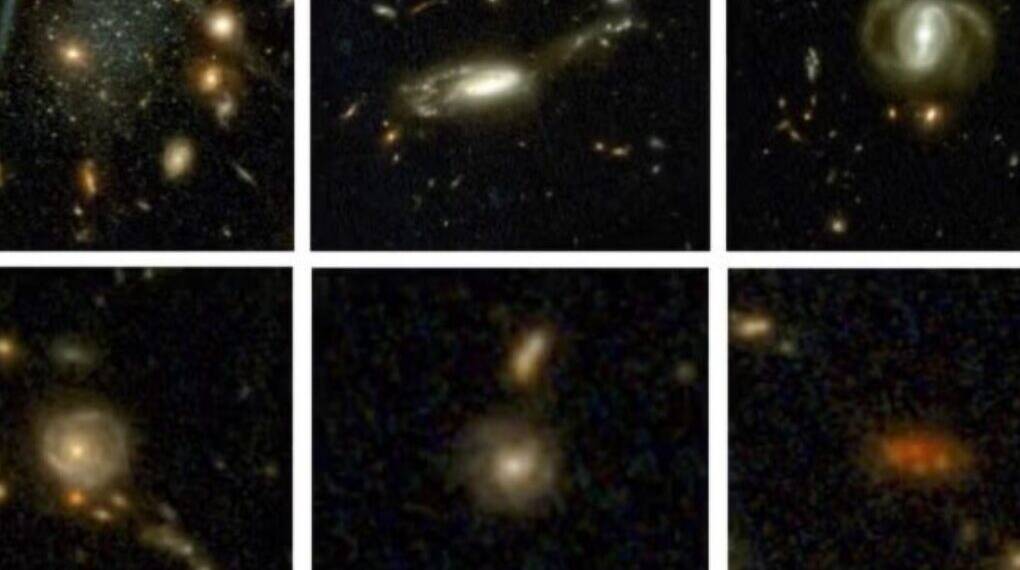In a stunning revelation that could reshape our understanding of the early universe, astronomers from the international COSMOS-Web collaboration have unveiled the largest cosmic map ever created—revealing galaxies and supermassive black holes that seemingly should not exist.
A Universe That Formed Too Fast
The groundbreaking data collected using NASA’s James Webb Space Telescope (JWST), spans nearly the entire 13.8-billion-year history of the universe. To the astonishment of scientists, the map reveals that the universe formed massive galaxies and black holes far earlier—and in far greater numbers—than current cosmological models predict.
“This discovery could be a game-changer,” said Dr. Caitlin Casey, physics professor at UC Santa Barbara and co-lead of the COSMOS project. “We’re seeing about ten times more galaxies at extreme distances than we expected. Some of them contain over a billion solar masses of stars within just 400 million years of the Big Bang. That’s not something our models can easily explain.”
A Cosmic Mural of 800,000 Galaxies
The COSMOS-Web deep field image is the largest and most detailed ever captured, encompassing a stunning 800,000 galaxies. If printed, it would stretch 13 feet wide offering a cosmic mural that dwarfs the iconic Hubble Ultra Deep Field.
This vast collection captures 98% of the universe’s history, dating back over 13.5 billion years. But the mission goes beyond age. “We wanted to understand not just when galaxies formed, but where,” Casey said. “We’re mapping the large-scale structure of the early cosmos—its clusters, voids, and the environments in which these galaxies were born.”
Galaxies and Black Holes That Break the Rules
Among the most surprising findings were numerous galaxies—and even supermassive black holes—emerging just hundreds of millions of years after the Big Bang. These discoveries have left scientists questioning long-held assumptions about how quickly the universe evolved.
“Until now, we assumed there was a natural timescale after the Big Bang for stars and galaxies to form,” Casey explained. “But with JWST, we’re seeing things light up faster and brighter than expected. It’s almost like the universe broke its own rules.”
Public Access to a Universe of Data
In a major step for open science, the COSMOS team has made its data public, converting previously raw telescope readings into high-quality, accessible images and catalogs. The aim: to allow astronomers everywhere—from leading researchers to undergraduate students—to explore the mysteries of cosmic evolution.
“The best discoveries happen when many minds approach the same data differently,” said Casey. “We want this to be a global tool for discovery.”
New Tools, New Questions
The COSMOS-Web project is far from finished. In the coming months, scientists will turn to spectroscopy to verify the distances of the earliest galaxies and study the chemistry of these ancient systems, including key elements like nitrogen, carbon, and oxygen.
“There’s so much more to learn,” Casey said. “We’ve mapped the stars—but now we need to understand what they’re made of and how they got there so fast.”
The Big Picture
While the COSMOS-Web data raises deep questions about the current standard model of cosmology, it also opens exciting new pathways for discovery—from dark matter to the behavior of early black holes. As researchers prepare for future observations, one thing is clear: the James Webb Space Telescope has not just opened a new window into the universe—it may have shattered the frame entirely.







